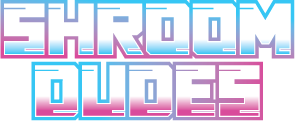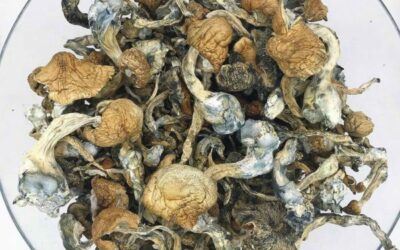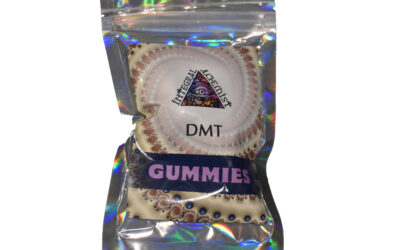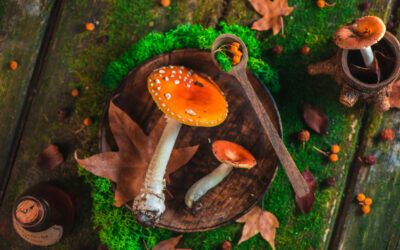Given the nature of magic mushrooms as a psychedelic drug, it goes without saying that there are certain risks involved. However, modern media and fear-mongering has led to one-too-many myths floating around.
What Magic Mushrooms are NOT
Once we know what magic mushrooms are not, we can easily be able to differentiate truth from myth.
It must first be understood that magic mushrooms are downer and do not even remotely resemble the effects of schedule 1 drugs such as ecstasy, cocaine, heroin, and methamphetamine.
Another common misconception is the idea that magic mushrooms will cause you to become stuck in a hallucination indefinitely, and may even result in mental disorders such as schizophrenia, bipolar disorder, and psychopathy.
While magic mushrooms do not directly cause such mental disorders, it is important to note that psychedelics in general have been linked to activating dormant tendencies. Meaning that if the user is already at risk of developing, for example, schizophrenia, magic mushrooms or other psychedelics will only enable the process to unfold. This is why proper psychiatric evaluation is always recommended before even considering magic mushroom treatment.
Effects
Magic mushrooms and other psychedelic plants such as ayahuasca have been used throughout history in various shamanic and traditional practices.
Users report profound changes, physically, emotionally, mentally, and sometimes even spiritually. Strong visuals are a staple of most, if not all magic mushrooms. Mandala-esque patterns, heightened colour recognition, and distorted proportions are among the most common visual hallucinations.
When psilocybin is broken down into psilocin, it connects regions of the brain that normally do not have any interaction. This is the reason for thought loops, and surreal questions about the universe, social governance, and societal dilemmas, from a perspective that users previously could not see.



